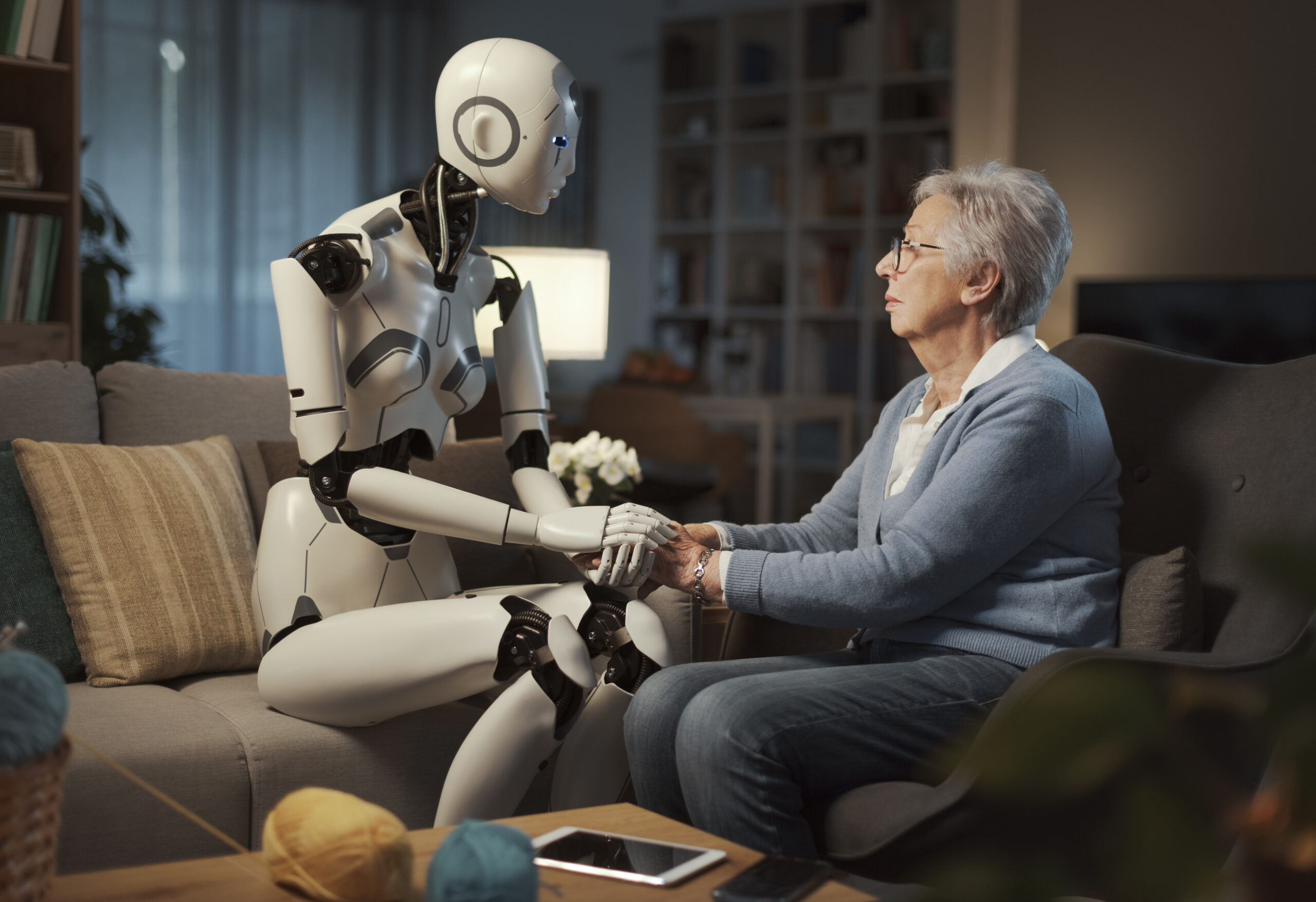The most popular uses of GenAI in 2025 aren’t about work—they’re about being
Do you think Generative AI is all about coding, perfecting your email, summarizing articles, or automating workflows? Think again. A recent article by Marc Zao-Sanders in Harvard Business Review, titled “How People Are Really Using Gen AI in 2025.“, provides quantitative evidence that Gen AI is actually more used in our most human of pursuits.
It’s an eye-opener—not because of what AI can do, but because of what we’re choosing to do with it.
In just one year, the top use cases for generative AI have undergone a profound shift. In 2024, people turned to AI for productivity: generating ideas, editing text, and finding specific answers.
In 2025? The top four uses are deeply personal—and two of them are entirely new:
Therapy and companionship
Organizing my life (new)
Finding purpose (new) [Learn more about the the Foundations of Purpose.]
Enhanced learning
The Rise of the Human-Centered AI
These aren’t about efficiency or performance. They’re about us—our mental health, emotional clarity, life structure, and desire for meaning.
Think about that: Finding purpose is now one of the most common reasons people use AI.
While headlines debate whether AI threatens humanity, this article suggests something more nuanced: we’re using these tools not to escape our humanity, but to explore it.
What’s Out, What’s Evolving
The 2024 chart was filled with tactical tasks—editing text, troubleshooting, and “fun and nonsense” all ranked high. While some of these still appear, they’ve slid down in favor of more introspective and intentional uses.
“Generating ideas,” which was #1 last year, is now #6. It’s not that creativity is less important—it’s that how we engage with AI is evolving. It’s getting closer to who we are.
AI as a Mirror (Not a Master)
The idea that AI can help us become more human doesn’t mean AI replaces human insight. Quite the opposite.
These tools can offer a prompt, a summary, a structure—but the values, context, and decisions still come from us.
AI doesn’t know you. But it can help you know yourself—if you guide it.
A Few Cautions
Let’s be clear: AI isn’t perfect. It “hallucinates” (makes up facts), and free versions may use your data to train future models.
If you’re using it for deeply personal exploration, opt for a paid version and check your privacy settings. Treat it like a journal with a built-in assistant—not a vault.
Want to Explore It for Yourself? Try This.
Here are a few simple ways to use GenAI as a partner in purpose:
Build a Personal Reference Pack
Gather your key documents—personality assessments (like DiSC or Myers-Briggs), resume, LinkedIn profile, personal mission statement, values list—and combine them into a single PDF. When you upload this, AI has context to offer more thoughtful insights.Ask for a Values Clarification Process
Prompt: “Help me clarify my personal core values. I’ll share some background, and I want you to guide me through a reflective process.”
Give it your data, sit with the first draft, and return in a few weeks. When it feels right, lock it in. Revisit yearly.Let It Help Organize Your Life
Inspired by the article’s second most popular use case, try this:
Prompt: “Help me create a system for managing what matters most in my week—based on my values, not just tasks.”
Test it, refine it, and see what sticks.
Final Reflection
The real question isn’t whether AI will take over.
It’s whether we’ll choose to use it with purpose.
Generative AI is just a tool. But in the right hands—and with the right questions—it might just help us live more intentionally, more reflectively… maybe even more humanly.



